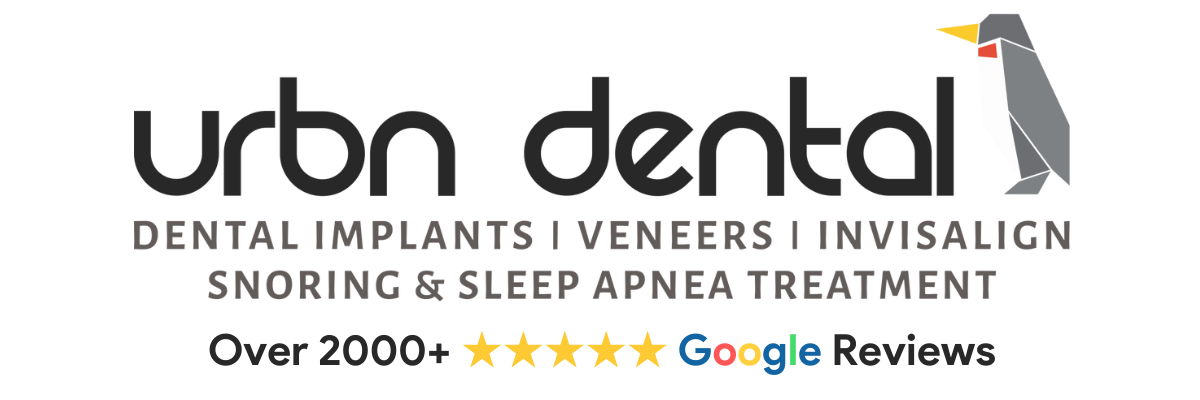OHI: Modified Bass Technique
Modified Bass Technique is a type of tooth brushing which is used by patients who suffer limited gum recession or dexterity. The brush has to be put in 45 degrees at the front surface of the teeth while the bristles are projected in the pockets which surround the tooth.
OHI: Modified Bass Technique
Oral hygiene instructions (OHI) help facilitate the modified bass technique which is a type of tooth brushing which is used by the patients who suffer limited gum recession or dexterity. The brush has to be put in 45 degree at the front surface of the teeth while the bristles are projected in the pockets which surround the tooth.
There is a small circular motion which is done using the bristles in the pockets. Such bristles are then swept in a gum line and in the biting surface of a tooth before brushing over an entire front surface. This same technique will be completed within the inside surface of a tooth. The toothbrush will be placed in the pocket using 45 degree and it will be completing small circles and then they have brushed away of the gum line on the biting surface of a tooth.
Bass Method and sulcular Brushing technique
This is an effective technique when it comes to brushing the teeth since it can remove biofilm and plaque properly. It can clean easily the area found under the gingival margin and it helps in controlling of periodontal infection. During this technique, the bristles are used in 45 degree in the long axis of the mouth. Since it is hard to place the brush on 35 degree, then placing it parallel on the teeth should be beneficial. The bristles should be placed slightly to ensure that they enter in the gingival sulcus with the embrasures. The brush should vibrate forth and back using short strokes up to 15 strokes for every position and continue cleaning other tooth. This option is recommended to clean proximal areas and cleaning of the cervical area found under the height of the contour of enamel. This is when the root of the tooth had been exposed.
Modified Bass Technique
This is a technique that works as Bass Technique but it has some modification so that it can remove the debris away of the embrasures better. Bristles are used in the same angles and apically just like in bass method but the bristles will be placed over the cervical part of a tooth and on the adjacent gingiva.
Technique used: it uses the same technique like that of Bass technique and it has slight modification for the occlusal movement together with short horizontal strokes. The forth and short back strokes are used using light pressure.
The technique is used when the patient suffers gingival recession for the gingival stimulation and it cleans large embrasures. It is also capable to remove biofilm and plaque made at cervical region.
How Modified Bass Technique is performed
- Holding of the toothbrush in sideways on the teeth when some of the bristles are touching on the gums
- Tilting of the brush to make sure that the bristles point at the gum line.
- Moving of the brush forth and back with short strokes: the tips of the bristles has to stay in just one place, however the brush has to wiggle back and then forth. The person can also make some tiny circles using the brush. It will allow the bristles in sliding gently within the gum. This should be done with at least 20 strokes or using 20 circles. If someone has healthy gums, then this brushing does not have to cause too much pain. When it hurts, then the person has to brush gently.
- Flick or roll the brush to ensure that the bristles will move out away of the gums or under the gum towards the tooth edge. This can help in moving plaque away of a gum line.

- Each tooth has to be cleaned in this way, both at the outside and inside
- While working inside of a tooth, it can get hard to use the brush sideways. The person should hold his toothbrush vertically. The same circular or back and forth brushing method should be used. To end the cleaning by the flicking and rolling the brush to the biting edge.
- For cleaning of the chewing or biting surface of a tooth, the user should hold a brush to ensure that the bristles reach these surfaces in a straight manner.
- The person should then use the brush back or froth using tiny circles in order to clean an entire surface. It is important to clean the tooth up to the time it is cleaned thoroughly.
- To get rid of more bacteria in the mouth, it is good also to brush the tongue. The tongue has to be cleaned gently starting at the back to the front. The person should not reach far into the mouth.
- It is recommended to take enough time while brushing without rushing with it.
Why Modified Bass Technique brushing is important
Many people are suffering from plaque related diseases and gingivitis, even for the people who say that they clean their teeth regularly. It has been found out that the problem lies with the brushing technique used. Most of the time, dentist near me recommend the use of Modified Bass Technique to their patients but there are also other techniques that may be preferred depending on the situation of the patient. It has been found out that for the patients and other people to achieve highly recommended oral cleaning, they should learn highly recommended brushing skills. Dentists teach the Modified Bass Technique to their patients since it has been found out to remove plaque in high level especially on the gingival margin and this prevents periodontal lesions.
Modified Bass Technique had been proven to remove enough of the plaque compared to normal tooth brushing technique on lingual and buccal sites. Dentists agree that using Modified Bass Technique over to the normal tooth brushing is better in removing supragingival plaque. When patients start to use a better cleaning option like modified bass technique, then their oral hygiene will improve in general.
There are also many studies that have been done to compare Modified Bass Technique with other available tooth cleaning methods and most of the time; Modified Bass Technique was proven to be superior to others.


